StackHacks - Why You Should Scrub Your Free Subscriber List (And How to Do It)
For Substack, and other newsletter platforms
Why You Should Scrub Your Free Subscriber List (And How to Do It)
Say you are like me and have a newsletter that you send to your subscribers every week or so. Have you wondered how to keep your subscribers happy and engaged?
You might also wonder how to grow your subscriber list and reach more people. I have written about hundreds of ways to do this: StackHacks: Get More Readers.
One way to do both is to scrub your subscriber list. This means removing the subscribers who are not opening or clicking on your emails, or who have unsubscribed or marked your emails as spam.
These are the non-participants who are uninterested in your content and dragging down your email performance. Who knows why they subscribed, but they are probably not the type of subscribers you want.
We want Kevin Kelly subscribers. (I do, anyway.)
Why should you scrub your subscriber list? Here are some benefits of doing this:
Improve your email deliverability
Email deliverability is the ability of your emails to reach your subscribers' inboxes, without being blocked or filtered by spam filters.
The more non-participants you have on your list, the lower your email deliverability will be. This is because email service providers (such as Gmail, Yahoo, Outlook, etc.) use algorithms to determine the quality and relevance of your emails.
If they see that a lot of your subscribers are not opening or clicking on your emails, or are marking them as spam, they will assume that your emails are not valuable or wanted.
They will then lower your sender reputation and send your emails to the spam folder, or even block them altogether. This means that even your loyal and engaged subscribers might not see your emails.
By scrubbing your subscriber list, you can remove the disinterested subs. This will improve your sender reputation and email deliverability. And might even make you feel a bit better to see all those 3,4 and 5 stars beside your list!
Increase your email engagement
Email engagement is the measure of how your subscribers interact with your emails, such as opening, clicking, replying, forwarding, sharing, etc. The more engaged your subscribers are, the more likely they are to trust you, like you, and buy from you.
My welcome email has the sentence “Drag this newsletter into the inbox if you find it in your promotions tab. You can always see everything on the website.” Also if you can get your new signups to send you a quick note or reply, the email filter will recognize that the sender is friendly and not spam.
The more non-participants you have on your list, the lower your email engagement will be. One reason for this is that email service providers also use algorithms to determine the popularity and importance of your emails.
If they see that a lot of your subscribers are opening and clicking on your emails, they will assume that your emails are valuable and wanted. They will then boost your sender reputation and email deliverability, and give your emails more priority and visibility.
By scrubbing your subscriber list, you can increase the percentage of engaged subscribers and increase your email engagement. This will make your emails more effective and profitable.
Save money and time
Just because Substack doesn’t charge us to send emails, email marketing is not free. Substack has to pay to send our emails out. Of course, their rate is less than it would be if we were using an email service provider on our own, such as Mailchimp, ConvertKit, AWeber, etc.
But depending on the platform we use to send out our newsletter, these costs vary. It is quite expensive if you have a huge list, to send out email:
The more subscribers you have, the more you have to pay. If you have a lot of non-participants on your list, you are wasting Substack’s money on sending emails to people who don't care about them. You are also wasting time on creating and sending emails that don't get results. (If you pay per email send).
By scrubbing your subscriber list, you can reduce that email marketing cost and focus your time and energy on creating and sending emails to your engaged subscribers. Your email marketing will be more efficient and productive.
Now that you have seen some benefits of scrubbing, let’s see how to scrub:
Segment your Free Subscriber List
Segmentation is the process of dividing your subscriber list into smaller groups based on certain criteria, such as location, interests, and behavior.
This will help you identify the non-participants and target them with specific messages. For example, you can segment your subscriber list by email activity, such as open rate, click rate, bounce rate, unsubscribe rate, spam rate, etc. (You may need more advanced analytics to delve deeper here).
You can then create a segment of subscribers who have not opened or clicked on your emails in the past 3 months, or who have unsubscribed or marked your emails as spam. These are the non-participants who you need to scrub from your list.
If you are on Substack’s free plan, like I am, and have not upgraded to a paid version, this is how I segment my subscribers (use Substack’s subscriber dashboard to view the star rating of the subscribers):
Choose the 0,1 and 2-star subs. Copy and paste them into a CSV file.
Create a new section:
Uncheck the boxes.
You can add the CSV file to the subscribers in that new section when you send out the following email:
Send a re-engagement campaign
A re-engagement campaign is a series of emails that you send to your non-participants to try to win them back.
The goal of a re-engagement campaign is to remind your non-participants of the value and benefits of your newsletter and to ask them to confirm their interest and consent. For example, you can send an email that says something like this:
> Subject: Do you still want to receive my newsletter?
Hi there,
I noticed that you haven't opened or clicked on any of my emails in the past 3 months. I'm wondering if you are still interested in receiving my newsletter, where I share {value proposition}.
If you are, please reply “Yes” to confirm your subscription and stay on my list. If you do, I'll send you a special gift as a thank you.
If you are not, please reply “No“ to unsubscribe and remove yourself from my list. No hard feelings, I understand that people's preferences and needs change over time. Or you can just unsubscribe by clicking the “Unsubscribe” at the bottom of this email.
Please make your choice by {deadline}. If I don't hear from you by then, I'll assume that you are not interested and I'll remove you from my list automatically.
I hope you choose to stay because I have some great content and offers coming up that I don't want you to miss. But if you don't, I wish you all the best and thank you for subscribing in the first place.
Cheers,
{your name}
You can send a few more emails like this, with different subject lines, messages, and incentives, to increase the chances of getting a response from your non-participants.
You can also use humor and lighten up your emails more appealing and friendly. But if they don’t want the content, even though thousands of screaming fans do, then it’s best to move on“.
Scrub your subscriber list
After you have sent your re-engagement campaign, you can check the results and see who has responded and who has not.
You can also delete the subscribers who have bounced, meaning that their email addresses are invalid or no longer exist. This will leave you with a clean and healthy subscriber list of engaged and loyal fans.
That's it! You have successfully scrubbed your subscriber list and improved your email marketing performance. Congratulations!
I would just delete them instead of saving them for a future attempt at a revival. Or after scrubbing your list, save those emails in a separate CSV list to send special offers, or ask them specifically why they didn’t engage with your content.
But it’s probably not really worth “beating a dead horse“ (what a terrible expression, eh?).
How often should you scrub your subscriber list?
There is no definitive answer to this question, but a good rule of thumb is to scrub your subscriber list at least once every 6 months, or whenever you notice a significant drop in your email deliverability or engagement.
Remember, quality is more important than quantity when it comes to email marketing.
Having a smaller but more engaged subscriber list is better than having a larger but less engaged subscriber list.
By scrubbing your subscriber list regularly, you can ensure that your emails reach the right people, at the right time, with the right message, and get the right results.
Happy scrubbing! 😊
Thanks for reading. Commenting, Subscribing, ReStacking, Sharing, Liking, are appreciated!



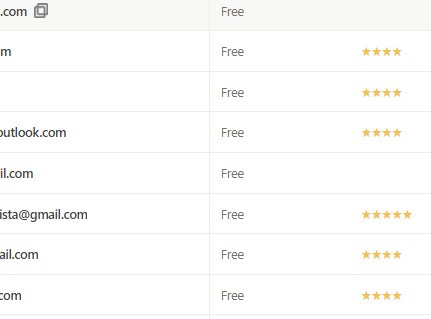
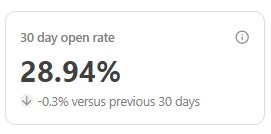
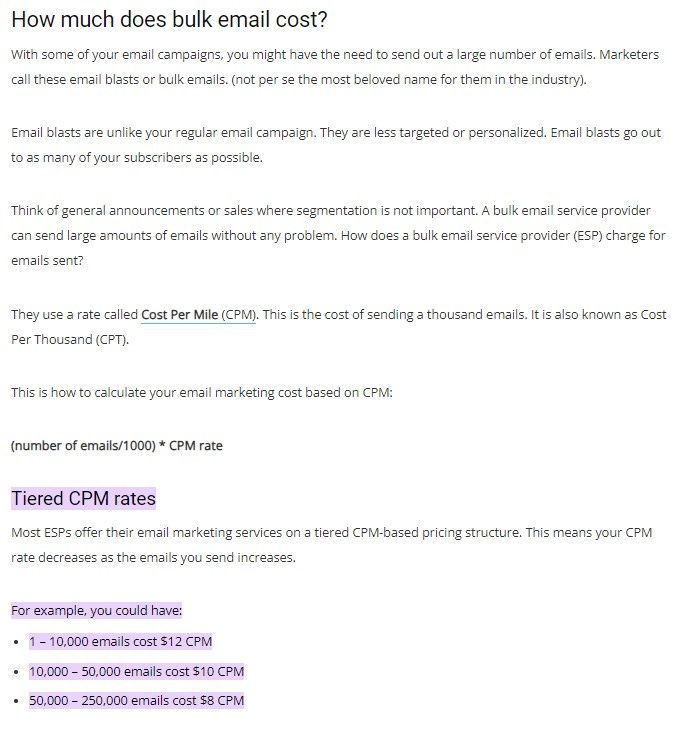
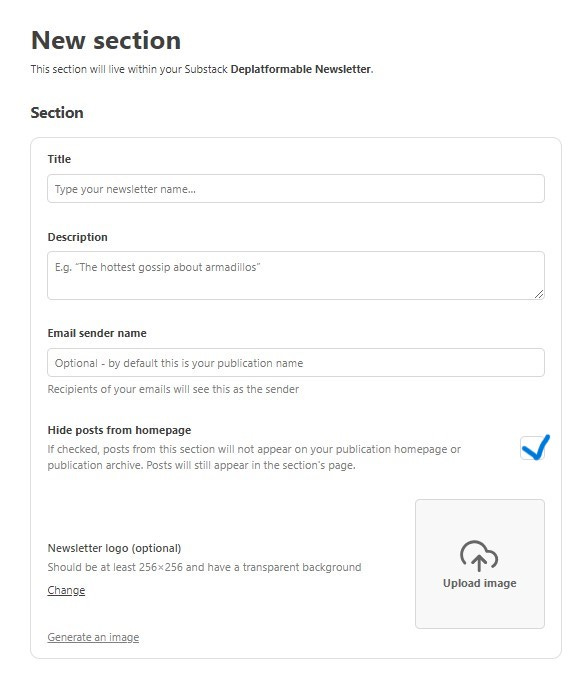
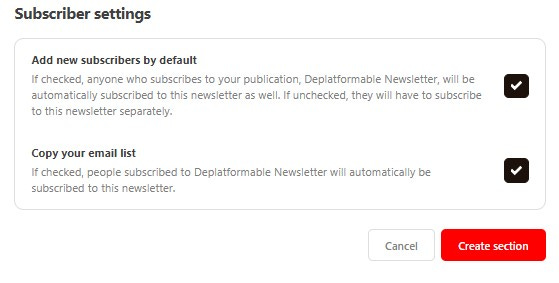


Good stuff, Paul!
Paul, can you go over this on Friday?